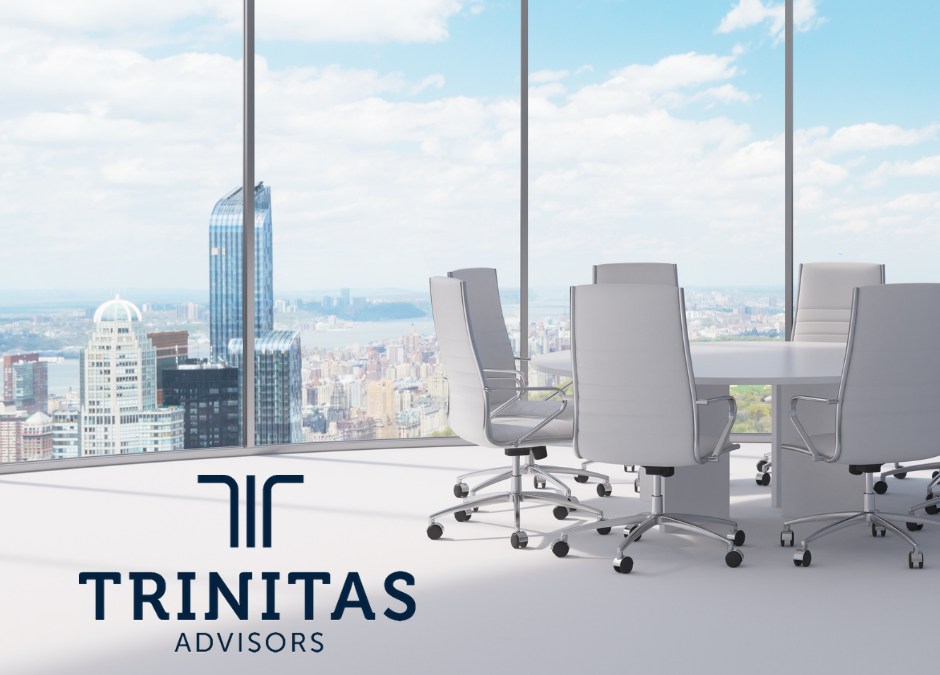We’re all eagerly anticipating the day we can return to the office without having to worry about anything but getting things done. Unfortunately, that may still be a long way off for many businesses. Perhaps even more importantly than thinking about when we’re coming back, it’s more important to start thinking about what the office will look like in the new normal.
No more office staplers. No more assigned desks. For over a year now, we’ve all been wondering what “normal” will actually look like as the worry and challenge of a global pandemic finally subside. For some companies, that new normal means not coming back, at least not on an everyday basis. Companies like Google, Facebook, and others have already made it clear that remote work is the backbone of their work environment for tens of thousands of employees, many of whom have already left the celebrated campuses of tech giants for a spot on the couch at home.

For those planning a comeback to real, in-person spaces, things may look different. Some companies are incorporating new technology to help map out work habits and encourage social distancing, reducing occupancy, and helping leaders better evaluate how their space is used.
One company, VergeSense, offers a solution. Using heat sensors and other tools in an office building, they can track how many workers are on-site at any given time, as well as track what desks, offices, or conference spaces they’re occupying. This data provides real-time information for leaders and co-workers in deciding where to work; if the office is already full by nine in the morning, workers readying their commute may be prompted to stay home.
Even when they get in the door, the data informs them of what desks are occupied. Instead of sitting right next to someone else at their own desk, workers can see ‘hot spots’ and locate a different workstation further away to reduce exposure. These efforts won’t stop being useful with the end of the pandemic; experts believe these habits could save companies millions in lost productivity due to things as simple as the common cold.
For employees worried about this technology tracking them, it’s anonymous; the heat signatures offer no identifying information.
There are certainly many elements of work that will change, but for many of us do want to come back to an office. A poll this past winter found that three in four respondents are looking forward to returning to working in-person. It’s important to point out that over half of those hoping to come back do want to see their office employ tools to keep them safe, however, and that’s exactly why the new normal will require a different approach and a more thoughtful design.
Is your company changing the way it works? Let us know if you’re staying home, already back, or still developing a plan for what comes next.

